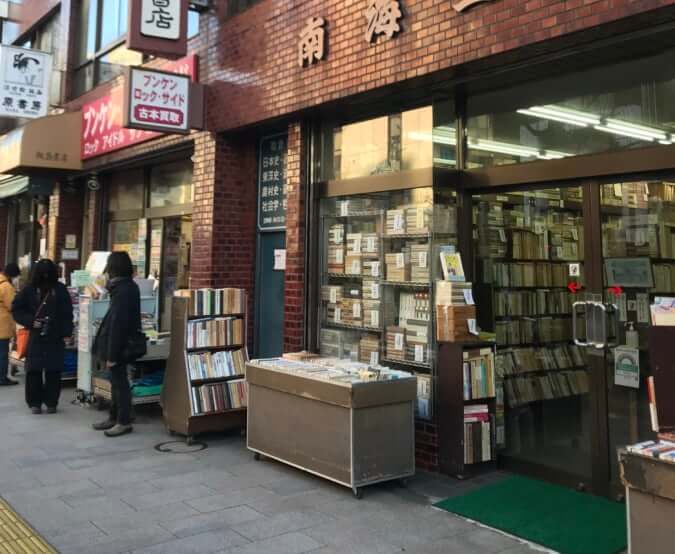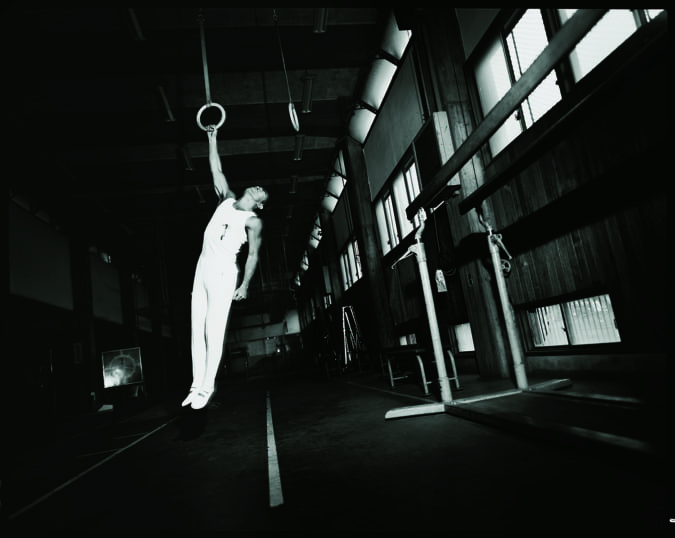‘Black Rain’, a Film about the Tragic Fate of the Survivors of Hiroshima
Shohei Imamura examines the paths taken by the survivors condemned by the radioactive rain caused by the atomic bomb.
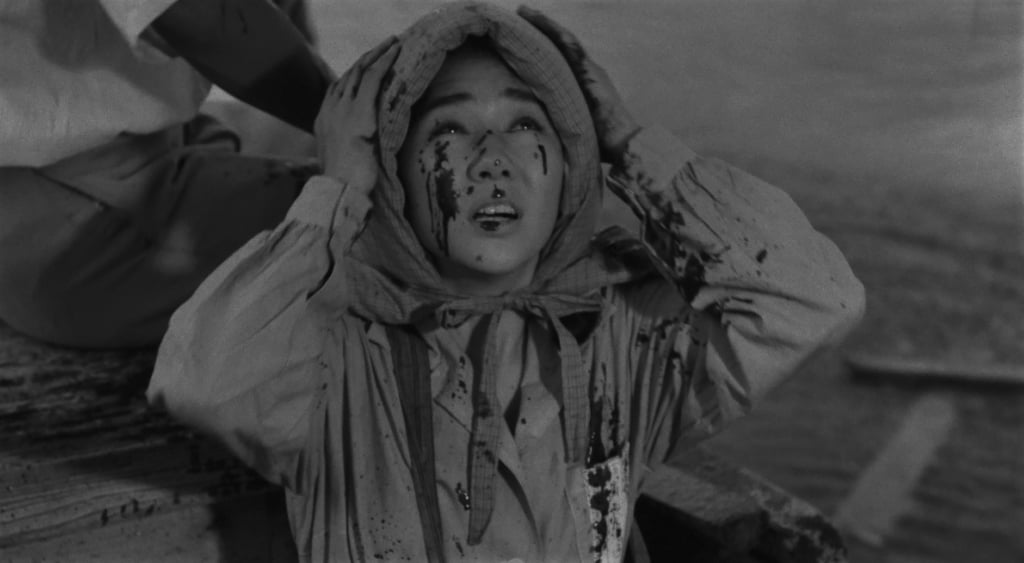
© 1989 Imamura Productions. All rights reserved © 2017 La Rabbia – EDV 2482
The film Black Rain, adapted from the novel of the same name by Masuji Ibuse, takes its title from the phenomenon observed after the atomic bombing of Hiroshima and Nagasaki. The radioactive fallout took the form of rain blackened by ash and dust, and was the cause of illnesses experienced by the survivors. Devoid of all hope, the latter are the subject of Black Rain.
An important filmmaker in the Japanese New Wave, Shohei Imamura borrows from Italian neorealism to depict, from his very first films, the precarious living conditions for the working classes annihilated by the war. He made a name for himself in the West in 1969 with The Insect Woman, then became one of the regulars at Cannes Film Festival. He achieved international fame in 1983 thanks to The Ballad of Narayama (competing against Furyo by Nagisa Oshima) and The Eel (1997), both of which received the Palme d’or. Also awarded the Prize of the Ecumenical Jury at the 1989 edition of the festival, Shohei Imamura focuses on the victims of the atomic bomb in Black Rain, those who succumbed to it but also those who suffered its ravages.
Discrimination against war victims
On 6 August 1945, Yasuko, a young Japanese woman, sets sail on her boat for her uncle’s house. Terrifying lightning splits the sky, and the boat is caught in the radioactive rain coming from the bomb dropped on Hiroshima. A few years later, Yasuko and her family are living in a little village in the countryside where several radiation victims of the bomb have gathered, having been rejected by the wider population. Despite her uncle’s efforts to help Yasuko to get married, nothing works, as all the suitors are deterred by her status as a radiation victim.
Contrary to the approach taken in the novel, Shohei Imamura chooses to depict the full horror of the situation and addresses the issue of discrimination, linked to the idea of purity in Japanese society. He focuses on the fate of the hibakusha, the disfigured and mutilated victims who became pariahs and who are the living image of the catastrophe, and evoke the shame of defeat.
To move closer to a documentary aspect, the filmmaker chose an aesthetic that recalls his feature films released in the 1960s, due to its imagery, tone and radical themes. He recreates the explosion exquisitely, films the charred bodies that littered the ground of the demolished cities, and depicts the hell of war by concentrating his attention on the ordeal experienced by those who were condemned to a long agony. However, rather than taking a spectacular approach, the director prefers to focus his account on the everyday life of a family who survived the atomic bombings but are suffering from the repercussions.
Thus, Shohei Imamura demonstrates once again why he was one of the keenest and provocative observers in Japanese cinema. He casts a pessimistic glance at Japanese society through this historical, family drama that offers a merciless critique of the official representations of Japan’s history.
Black Rain (1989), a film directed by Shohei Imamura and distributed by Arrow Films.
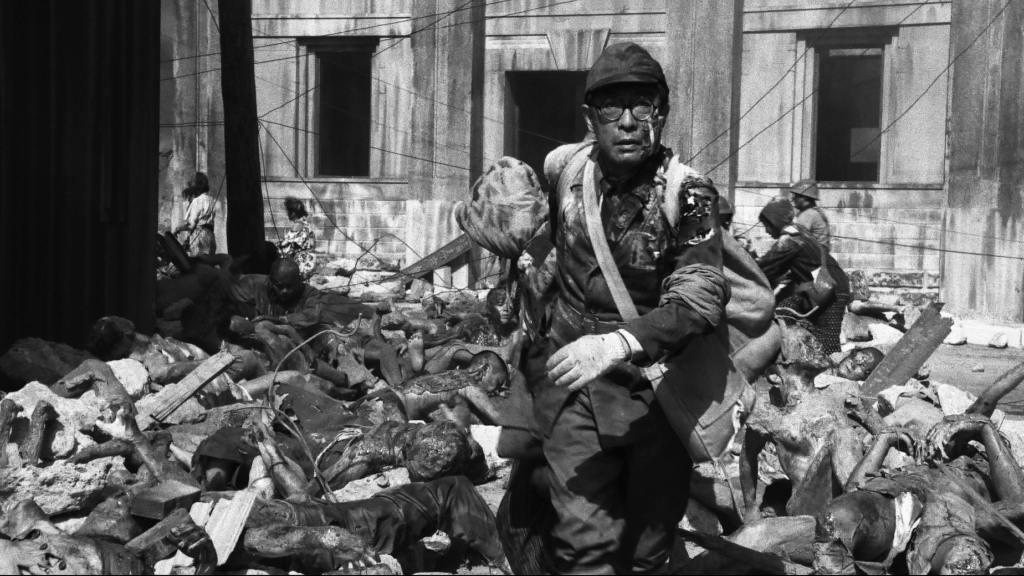
© 1989 Imamura Productions. All rights reserved © 2017 La Rabbia – EDV 2482
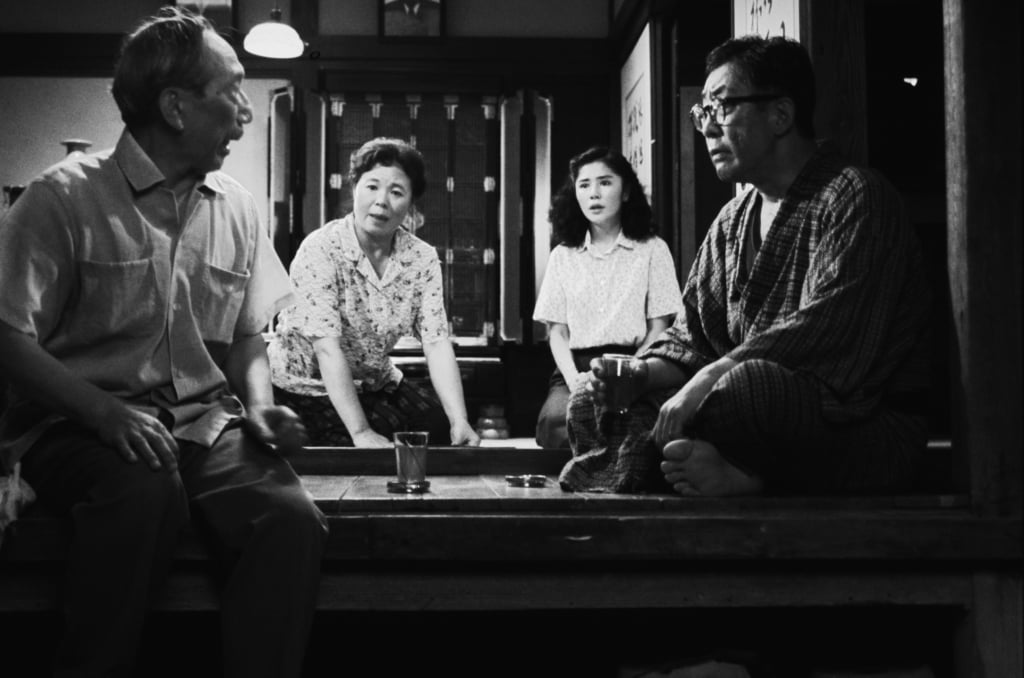
© 1989 Imamura Productions. All rights reserved © 2017 La Rabbia – EDV 2482
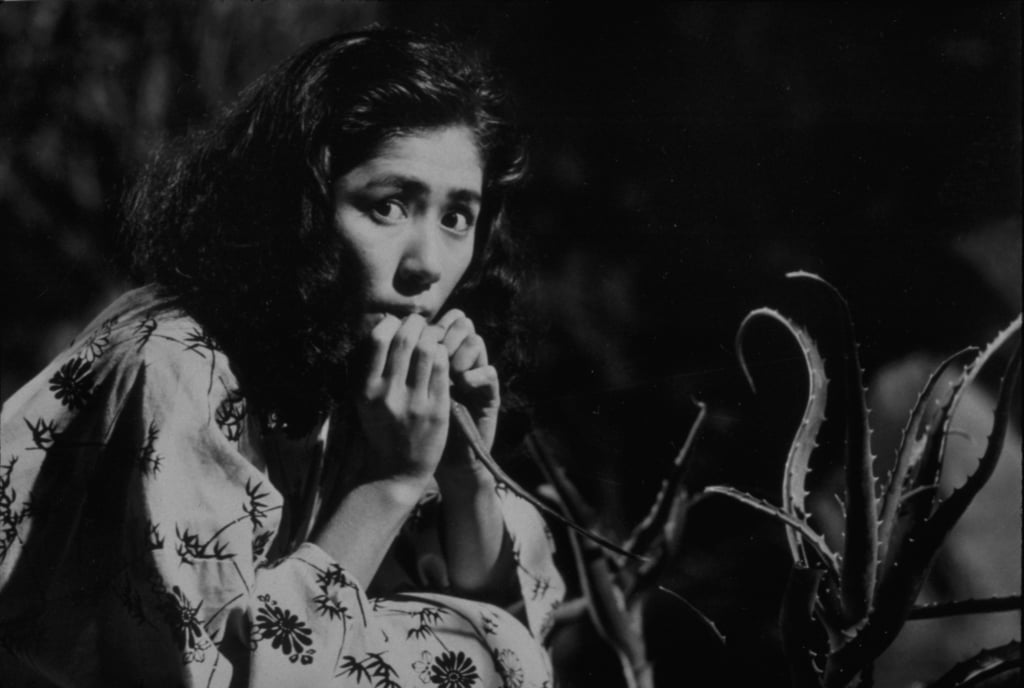
© 1989 Imamura Productions. All rights reserved © 2017 La Rabbia – EDV 2482

© 1989 Imamura Productions. All rights reserved © 2017 La Rabbia – EDV 2482
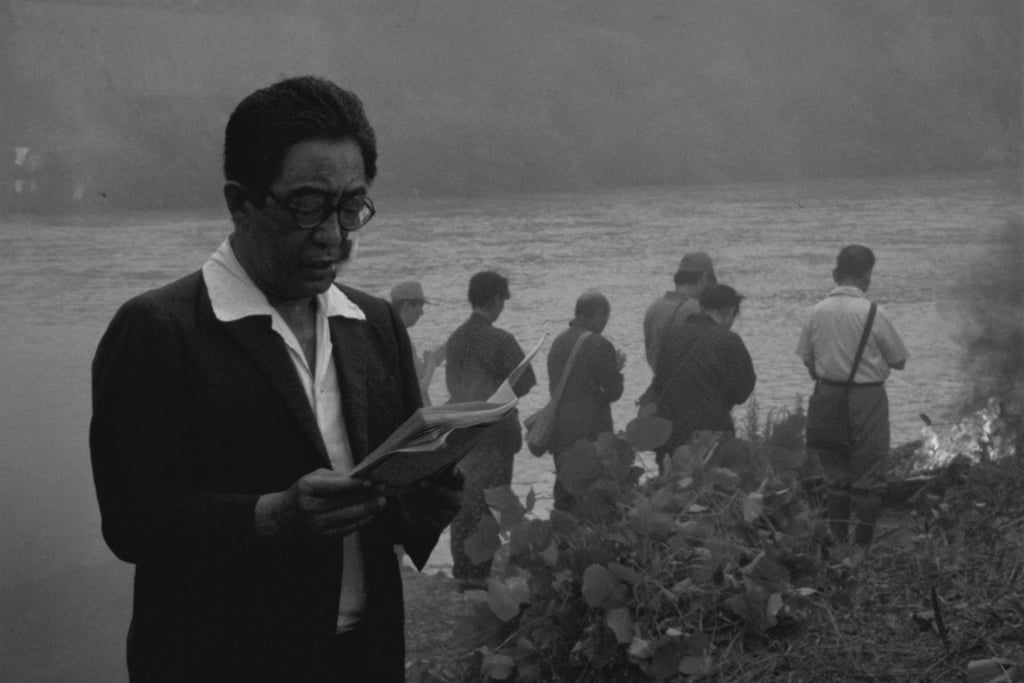
© 1989 Imamura Productions. All rights reserved © 2017 La Rabbia – EDV 2482
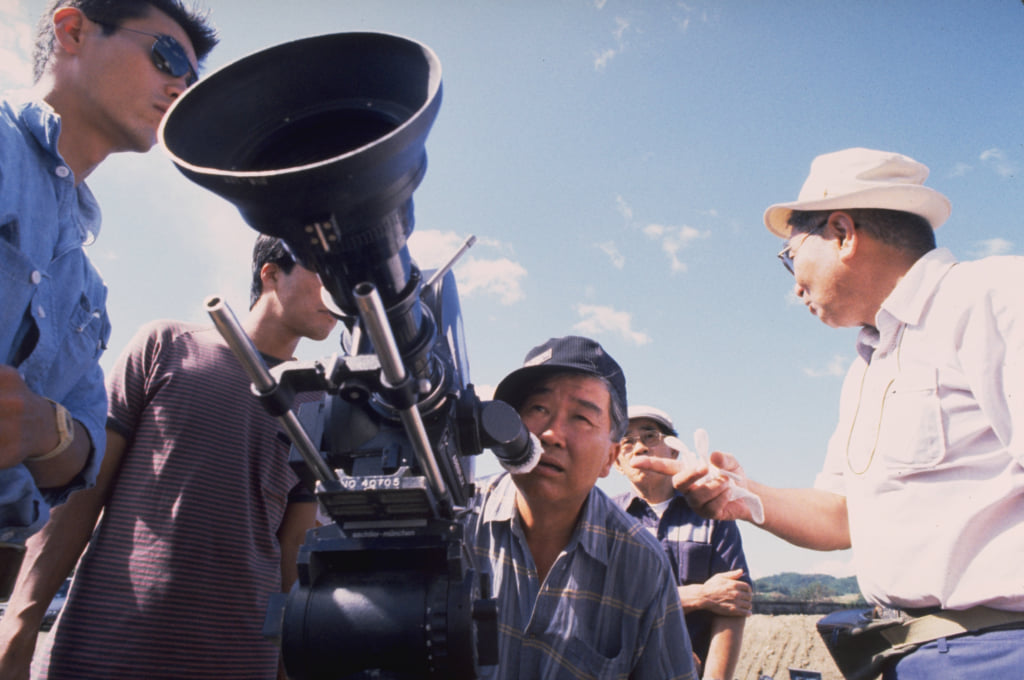
© 1989 Imamura Productions. All rights reserved © 2017 La Rabbia – EDV 2482
TRENDING
-
Jinbocho, Tokyo’s Book District
This neighbourhood in Chiyoda-ku has become a popular centre for second-hand book stores, publishing houses and antique curiosities.

-
‘Yukio Mishima: The Death of a Man’
A few months prior to his ritual suicide, the author was depicted in macabre photographs taken by Kishin Shinoyama.

-
Yukio Mishima and the Acceptance of his Homosexuality in Post-War Japan
In 'Confessions of a Mask', a novel inspired by his life, the author details the struggle to accept his difference in a conservative society.

-
Roland Barthes and Japan
From his travels to Japan in the 1960s, the author drew 'Empire of Signs', a book in which he details the things which caught his attention.

-
Recipe for ‘Okayu’ from the Film ‘Princess Mononoke’
This rice soup seasoned with miso is served by a monk to Ashitaka, one of the heroes in Hayao Miyazaki's film.

